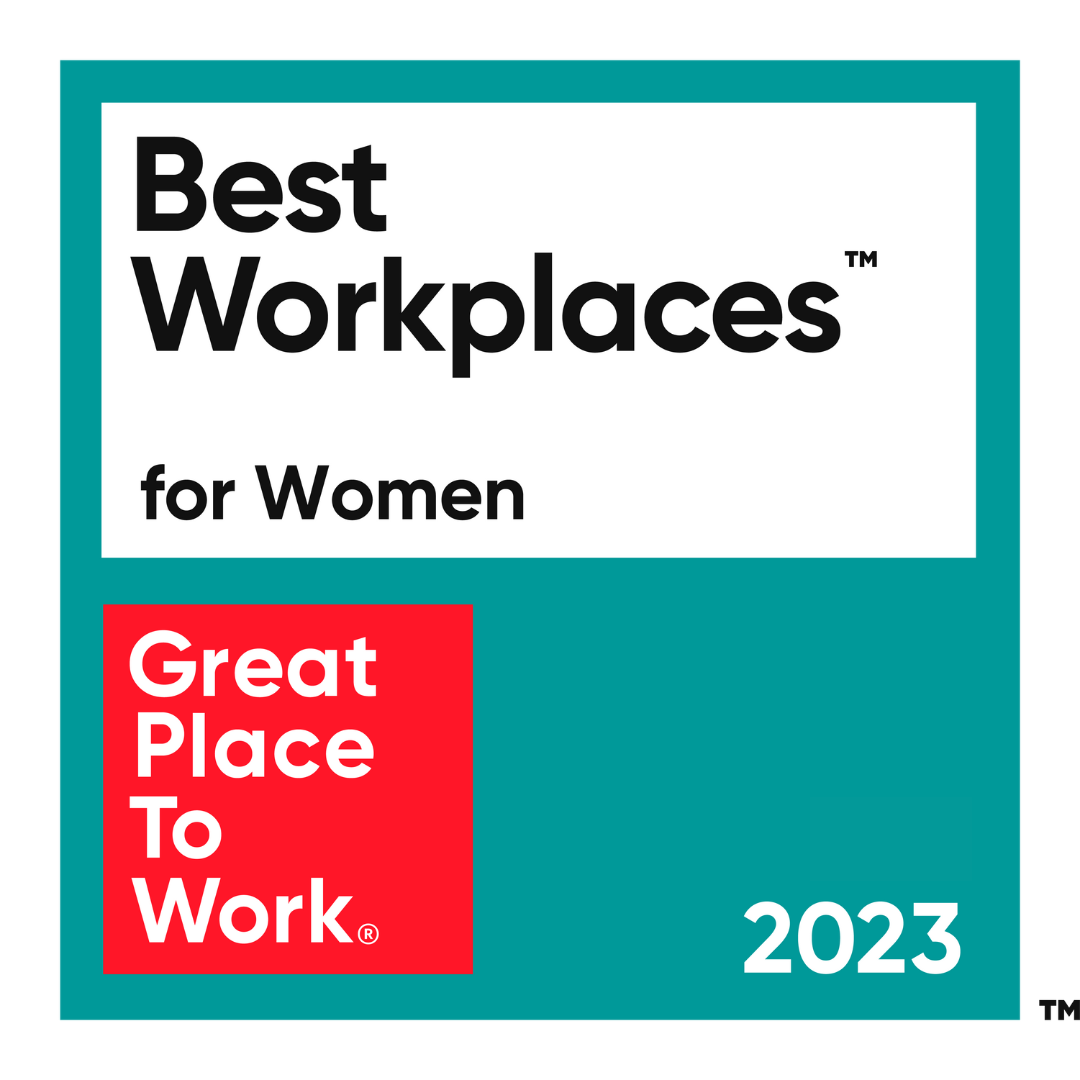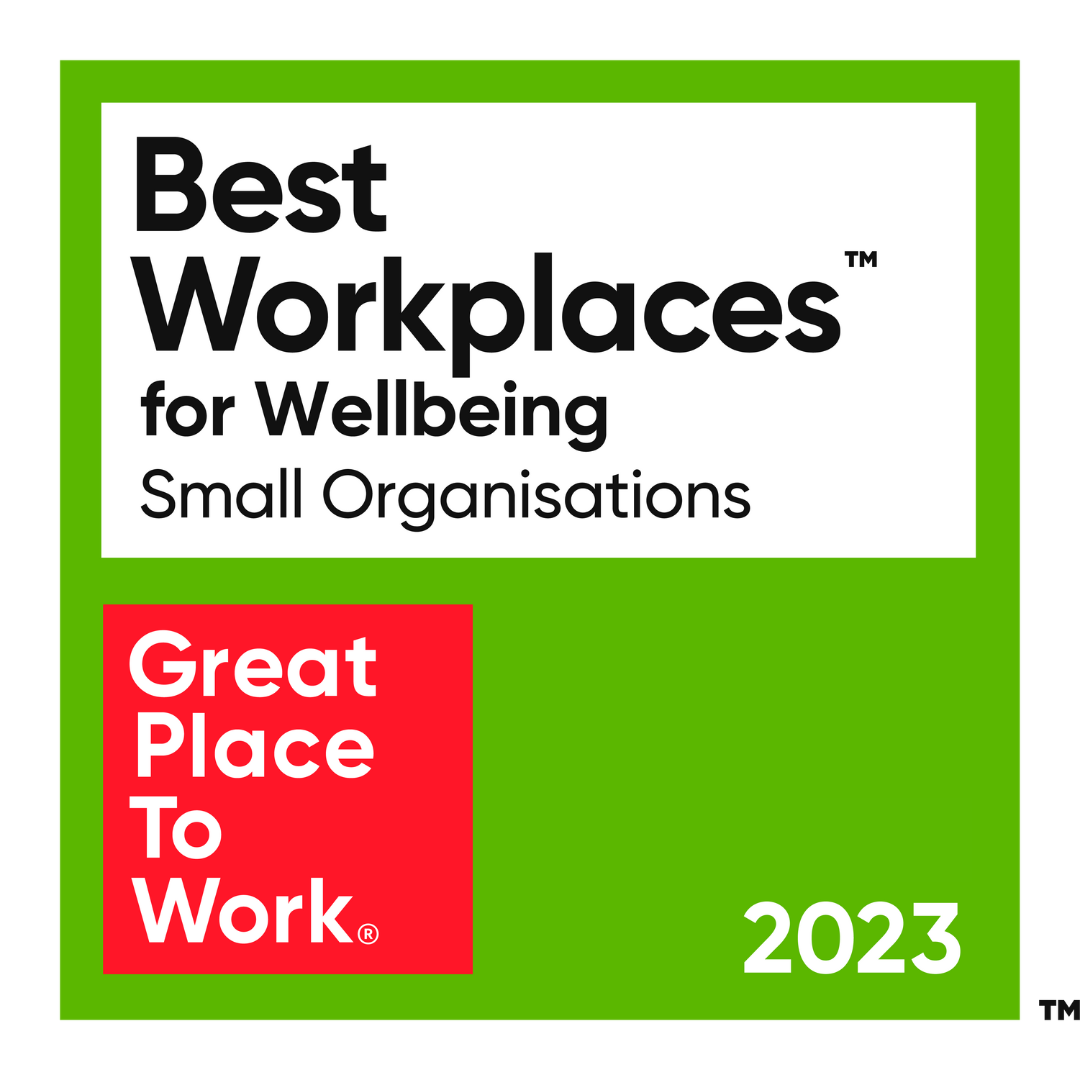An internal media council can help make media more effective. So why do some companies still not have them?
A media council is a group of people from across the company who meet regularly to share knowledge, insight and best practice. It's a simple idea but one that is hugely powerful.
And while they have been a feature of some of the world’s best media performers for many years, some big companies don’t have them and we think that’s a missed opportunity.
Media can be one of the few activities that happens in every part of a large company, a council is a good way of joining up teams that would otherwise operate separately such as shopper and brand marketing. They can help businesses to be more agile, learning from mistakes faster and sharing smart insights more rapidly.
We’ve helped set up a number of media councils over the years and they can add particular value where media is fragmented through an organisation by geography or region. In some of the world’s biggest companies, it can even be that each division has its own marketing team.
One of the key roles of a media council is to gather everyone who matters together to create a single vision for media; if everyone is coming from the same starting point, then the company is more likely to be effective and consistent in its investments.
It can also help ensure that the governance process applied to media spend are as stringent as what’s applied to other elements of the business such as packaging.
If you don’t have one already then it can be hard to set up from scratch and in particular to keep up the momentum in the early days. Just after a media pitch can be a good time to launch because that process will have gathered key stakeholders together and these are the people you want to join.
Ideally a media council should include the media leadership such as the media director, executives from key regions or divisions as well as those from other areas who have a strong passion for media. They should be no bigger than 12 people as larger numbers make it more likely that efforts will lose momentum.
The schedule should include an annual summit for the key leaders to identify the agenda for the year ahead, quarterly meetings with a slightly wider group and then a core group that meets once a month. These meetings can typically be remote so don’t add huge costs to the business.
Occasionally it’s worth inviting agency partners or other outside experts to provide an external perspectives on what represents best practice.
The most successful media councils follow four consistent themes:
- Firstly, they define very clearly what the vision is. They spend time crafting that vision and made it both inspirational and aspirational. Often, they will cover sharing global best-practice and enabling media to act as a true leader.
- Secondly, they identify very clearly who should be part of it. They chose selectively from the broad media and marketing community and are willing to bring in constructive detractors who can provoke discussion and fresh thinking.
- Thirdly, they launch with impact and a contribution from the most senior possible stakeholder, ideally the CEO but often the CMO, to set the bar high, making sure that this is seen as a forum with influence.
- Finally, they also socialise their findings across the business to ensure that the whole marketing function is aligned and driving productivity and business growth.
Ultimately, a media council helps deliver on the key KPI that all media directors should work to: does your media dollar work harder than your competitor’s media dollar. If you don’t have one yet, why not?






COMMENTS